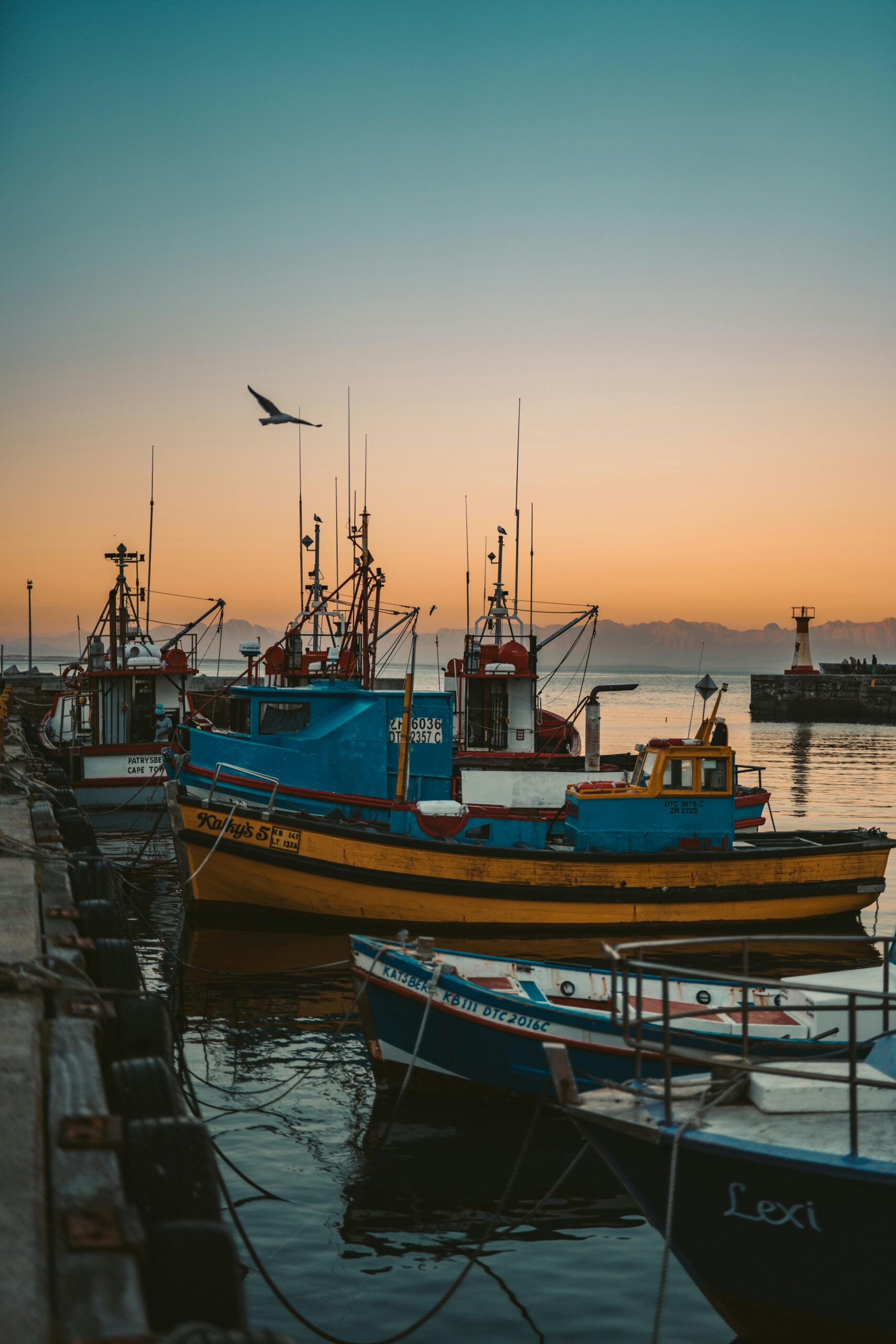Saint Guénolé – Penmarc’h
The Saint Guenole fishing port is located in Cornouaille, Brittany (FR). Historically, the port was oriented towards offshore and purse seine fishing. Offshore fishing has almost ceased, and the port now maintains a coastal fishing activity with a production of monkfish, pollock, skates, turbot, and jumbo shrimps.
Purse seine fishing is a very important activity of the port and is increasing in both quality and volume.
Main species of the ecoystem : Blue fish (sardines, anchovies and horse mackerels).
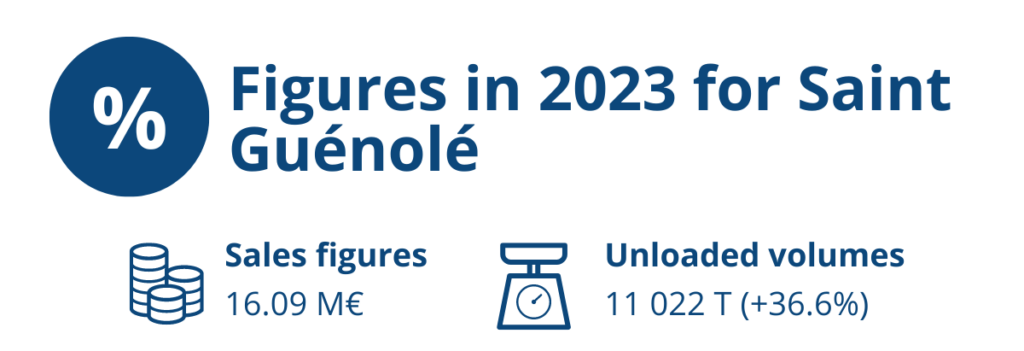
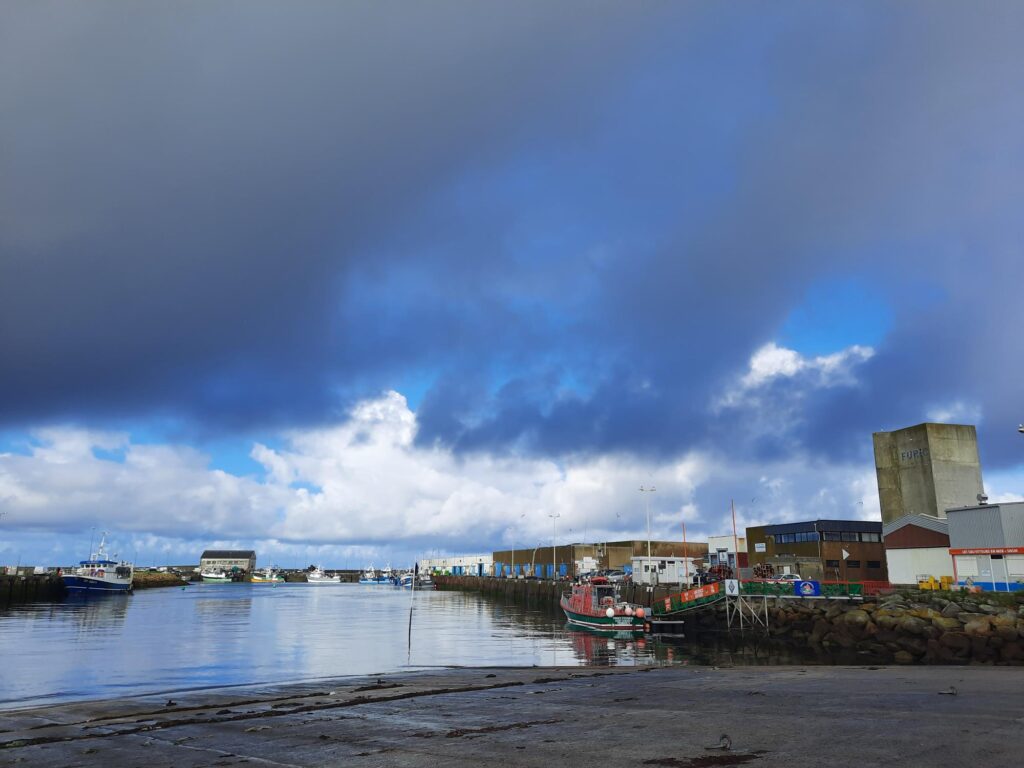
Port of Saint Guénolé – Penmarc’h
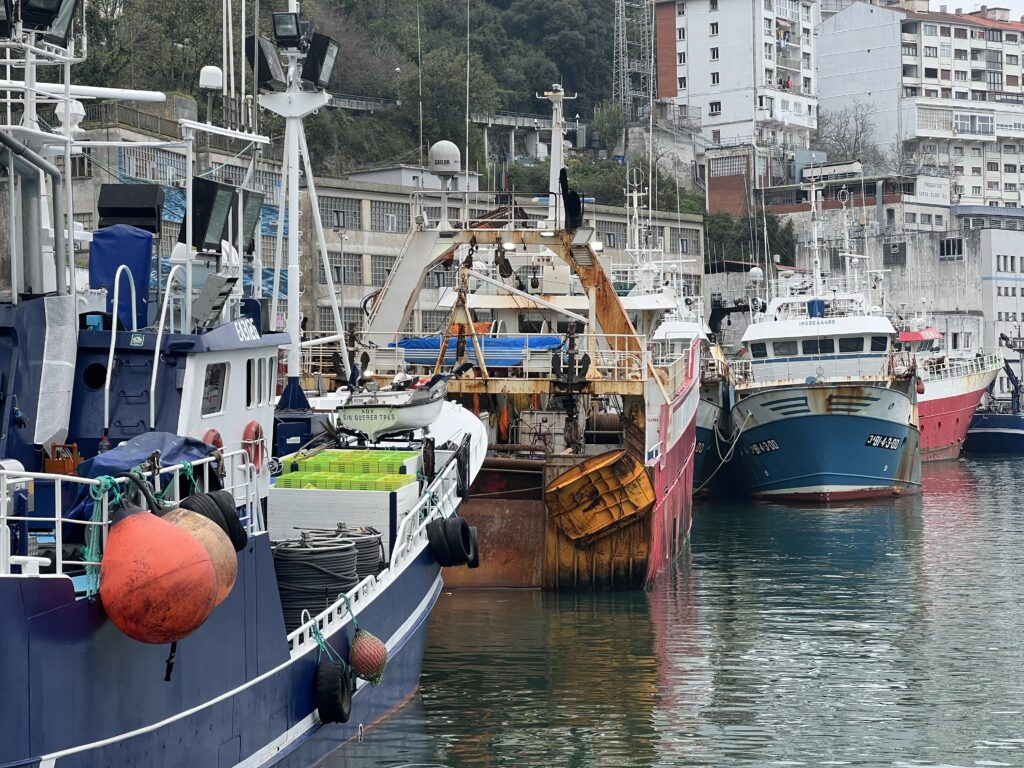
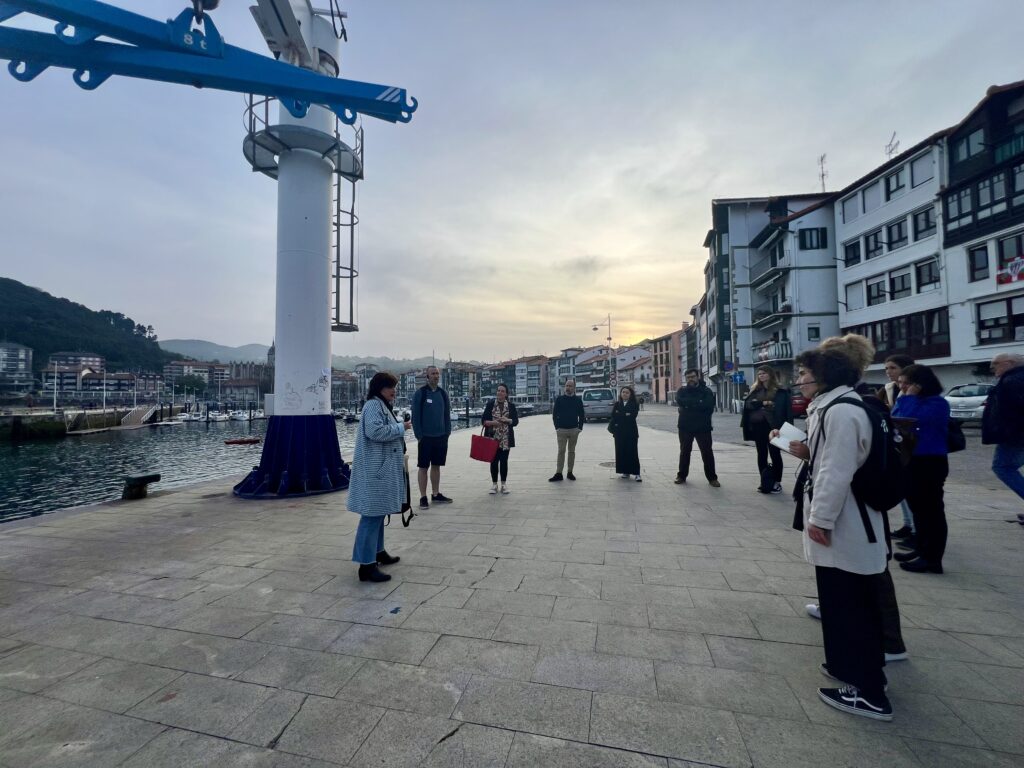
Ondarroa and Lekeitio
The Lea Artibai Ecosystem is composed of two ports: Ondarroa and Lekeitio. Together they manage almost 18 tons each year which translates roughly to 36 M € in turnover.
Ondarroa is one of the most important ports in the Basque Country whereas Lekeitio does very little fishing nowadays and is mainly involved in tourism.
The most distinguishing feature of the Ondarroa Port is that they catch more than 60 species each year.
- Main species : hake, mackerel, blue whiting and white tuna
FENIT, DINGLE and PORTMAGEE
The Irish ecosystem is made up of three fishing ports in the south-west of the country, in County Kerry.
Dingle is the largest port in Kerry, featuring a commercial fishing pier and a marina for tourism. Many fishers also work in tourism due to the peninsula’s attractions.
Fenit has a commercial pier, a marina, and deep water for large cargo vessels and has a significant local industry. Fishers can find flexible employment with companies which use the port loading cranes.
Portmagee is a small rural pier with about 15 commercial boats and a strong angling and boat tour season. Located an hour from the nearest large town, many fishers are also involved in agriculture and come from multi-generational fishing families.
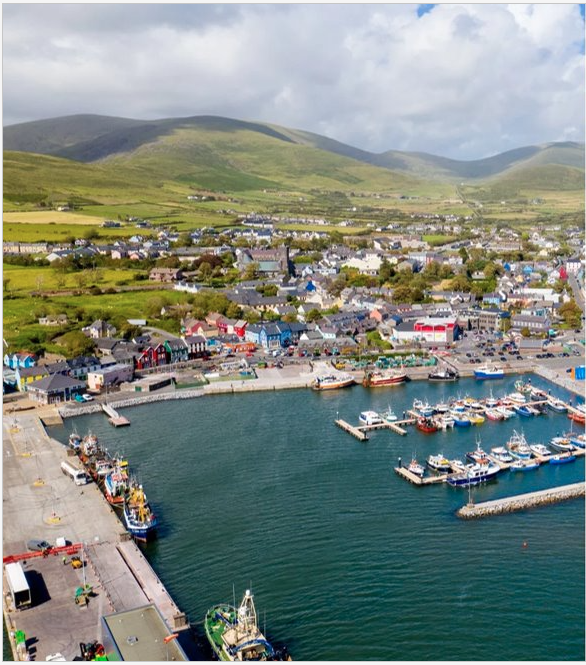
Port of Dingle
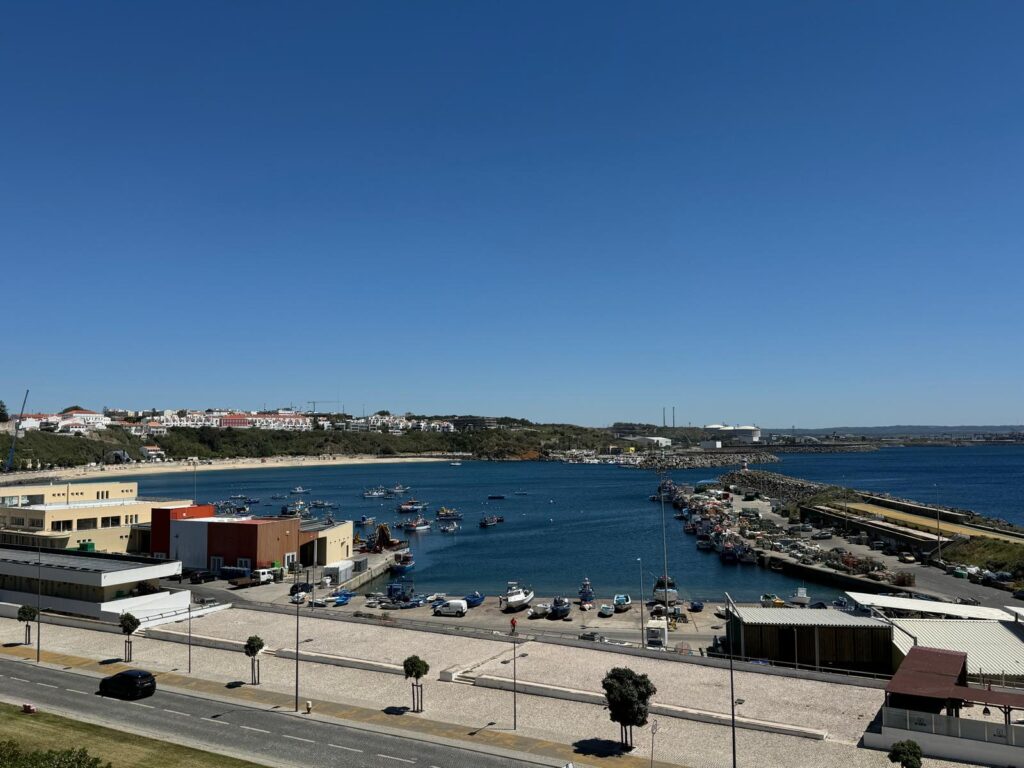

Sines Ecosystem
The Alentejo Litoral ports ecosystem is formed by the following local fishing ports: Sines, Porto Covo, Vila Nova de Milfontes, Lapa de Pombas (Almograve), Entrada da Barca (Zambujeira do Mar) and Azenha do Mar. The ports of Sines and Vila Nova de Milfontes are the most representative of this ecosystem.
The predominant type of fishing in the region is trap fishing, fishing nets and purse seining. The main species caught in the region are: sardines, mackerel fish, blue whiting (Micromesistius poutassou) and octopus.

